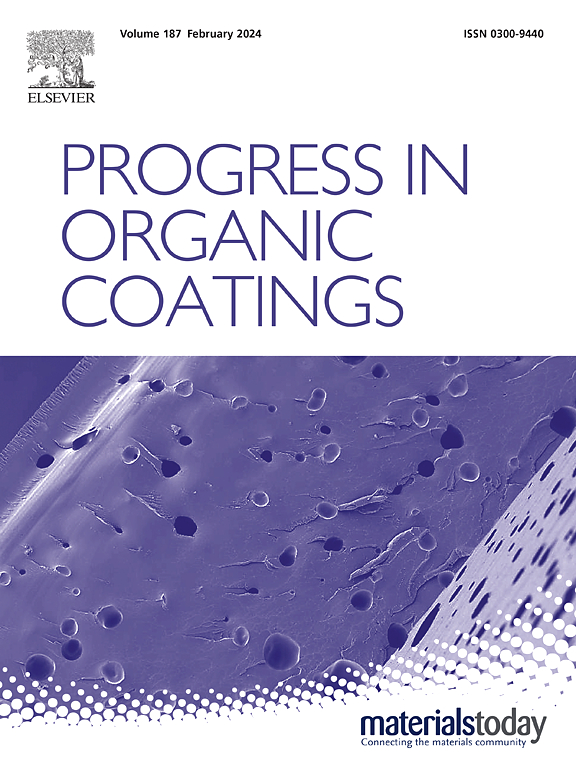Low-temperature, ultra-giant blistering of atomic layer deposited barrier coatings on polyethylene films caused by additive segregation
IF 6.5
2区 材料科学
Q1 CHEMISTRY, APPLIED
引用次数: 0
Abstract
Low-temperature plasma enhanced atomic layer deposition (PE-ALD) is an advanced method for coating flexible polyolefin polymers such as low-density polyethylene (LDPE) to improve their barrier properties against moisture and gases. The ALD process is highly sensitive to surface preparation, and LDPE is challenging to coat due to its highly non-polar nature. In this work, we reveal how the segregation of polymer additives to the surface (commonly known as blooming) can compromise the effectiveness of the barrier coatings. After coating a 10 μm thick LDPE film with a 50 nm thick Al2O3 layer using low-temperature PE-ALD, we observed the formation of ultra-giant blisters (larger than previously reported) within minutes of removing the sample from the processing chamber. Our conclusion is that the segregated antioxidant component, tris(2,4-di-tert-butylphenyl)phosphite, traps some of the trimethylaluminium (TMA) used as an ALD precursor. After deposition, the trapped TMA reacts with the moisture in the environment and the gaseous reaction product leads to the formation of ultra-giant blisters with bubble diameters ranging from hundreds of microns to over a millimeter. The bursting of these bubbles creates discontinuities and an increased number of cracks in the 50 nm thick alumina coating, hugely deteriorating its barrier properties. This is a previously unknown failure mode of ALD layers deposited on polymer films as interactions with additives are rarely investigated. We also demonstrate how the appropriate pre-treatments can effectively mitigate this problem, improving the coating's reliability.
求助全文
约1分钟内获得全文
求助全文
来源期刊

Progress in Organic Coatings
工程技术-材料科学:膜
CiteScore
11.40
自引率
15.20%
发文量
577
审稿时长
48 days
期刊介绍:
The aim of this international journal is to analyse and publicise the progress and current state of knowledge in the field of organic coatings and related materials. The Editors and the Editorial Board members will solicit both review and research papers from academic and industrial scientists who are actively engaged in research and development or, in the case of review papers, have extensive experience in the subject to be reviewed. Unsolicited manuscripts will be accepted if they meet the journal''s requirements. The journal publishes papers dealing with such subjects as:
• Chemical, physical and technological properties of organic coatings and related materials
• Problems and methods of preparation, manufacture and application of these materials
• Performance, testing and analysis.
 求助内容:
求助内容: 应助结果提醒方式:
应助结果提醒方式:


